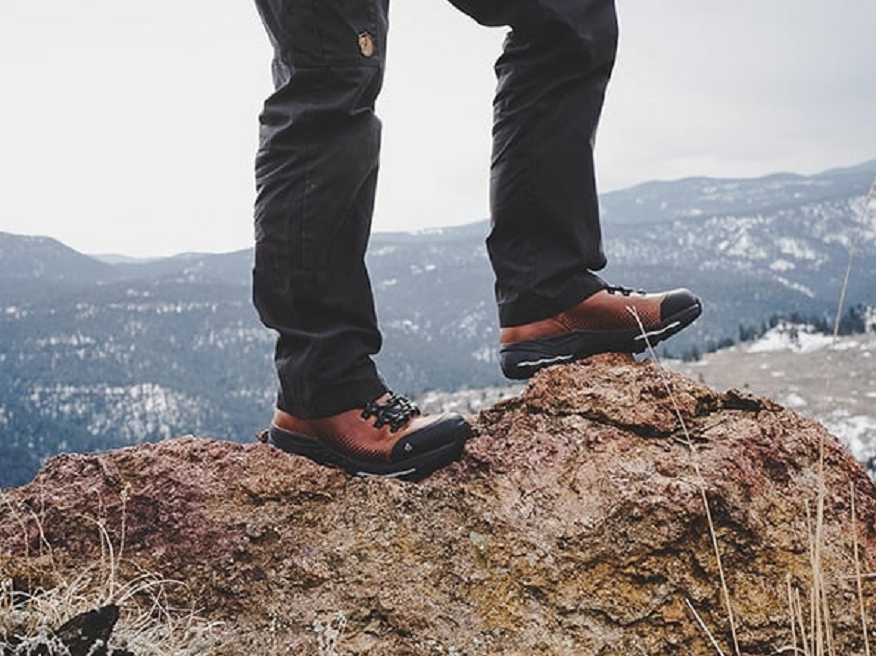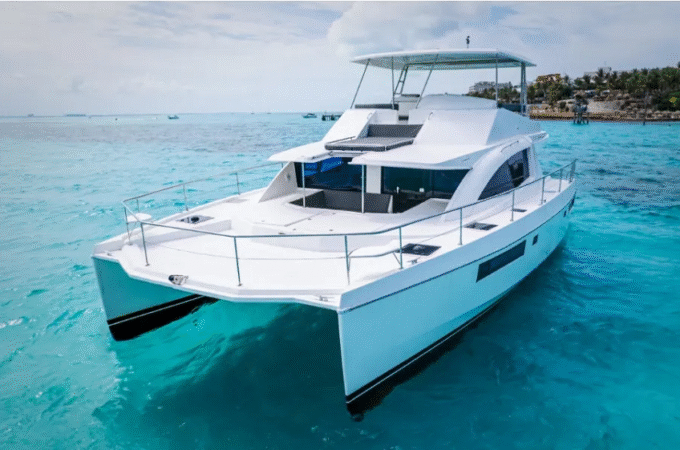
Benefits Of Wearing Best Hiking Boots
Hiking has gained popularity as a pursuit. It appeals to those who appreciate nature, who seek adventure and prioritize fitness. Hiking entails traversing paths, rugged landscapes and waterways, making appropriate footwear essential. Opting for top-quality hiking boots enhances your hiking journey and brings forth numerous advantages you may need to be aware of.
Here are some of the critical advantages of wearing high-quality hiking boots;
Improved posture and health:Hiking trails vary on slopes, and walking on uneven surfaces can lead to weak and overpronated ankles. Poor posture while hiking can adversely affect your health, causing back pain, shin splints, or hip issues. Best hiking boots for wide feet provide support and the required ankle stability to prevent ankle twisting or rolling. This support leads to improved posture, reducing the risk of developing injuries or other health issues related to improper foot alignment.
Provides stability and support:Hiking boots are designed to provide stability and support on rough terrain. Unlike regular shoes, the best hiking boots for narrow feet have a rigid sole that cushions your feet and offers better ground feedback. The arch and ankle support in hiking boots is crucial in preventing injury while hiking. With the right hiking boots, you can confidently tackle the most challenging trails.
Comfort: Well-designed best ski boots for narrow feet often feature cushioning, arch support, and ergonomic designs that enhance overall comfort. Comfortable boots can make long hikes more enjoyable and help reduce fatigue and discomfort.
Protection:Hiking boots are crafted using leather, suede or synthetic fabric to defend your feet against external factors. These boots shield you from stones, rocks, slippery surfaces and bodies of water during hiking adventures. Additionally, they possess waterproof or water-resistant features that ensure your feet remain dry and cosy in demanding landscapes.
Stability: The rigid structure of hiking boots provides better stability, especially when carrying a heavy backpack or navigating rough trails. This stability is crucial for maintaining balance and reducing the risk of falls.
Grip and traction: Hiking boots usually have specialized outsoles with deep lugs and patterns that provide excellent grip and traction on various surfaces, including wet or slippery trails. This traction helps prevent slips and falls, especially in challenging weather conditions.
Water resistance: Many hiking boots have waterproof or water-resistant membranes that keep your feet dry in wet conditions. This is particularly beneficial when crossing streams, hiking in the rain, or encountering muddy trails.
Durability:The best hiking boots are designed to withstand the wear and tear of rough outdoor conditions, making them a wise investment for people who hike regularly. They are built to last, using durable leather, synthetic materials, and rubber soles to withstand harsh weather conditions, extreme terrain, and regular use. Although they may cost more than regular sneakers or shoes, they are worth every penny in the long run.
Conclusion
When heading out on a hiking trip, it’s important to have hiking boots. They offer protection, stability, comfort and durability, which are crucial when venturing into the wilderness; investing in a high-quality pair of hiking boots ensures you’re well-prepared for your excursion and also for countless future adventures. So go ahead. Discover the pair of hiking boots before mapping out your next thrilling journey.





